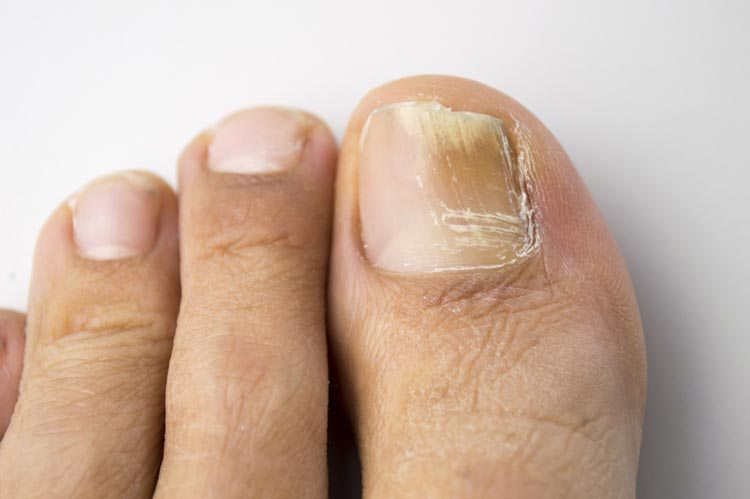Do you know that out of the millions of species of nail fungal Infections, only 300 out of them can actually cause fungal infections in humans? Read further to know the different types of nail fungal infections.
Fungi can generally be seen on plants, soil, and even on your skin. Having this organism is not a concern unless they start multiplying at a faster pace and enter your skin through an opening.
The fungi grow in moist and warm environments you can expect them to be found more on parts of the body that don’t get much air supply like feet, groin, and folds of the skin. At the beginning of the infection, it appears like discoloration of the skin or a rash that is often itchy.
Few Common Nail Fungal Infections:
Ringworm of the body: This usually occurs on the limbs. The main symptom of ringworm is ring-shaped rashes. These rashes can spread very quickly and is itchy. It is not serious and can be treated with anti-fungal creams.
Athlete’s foot: These nail fungal Infections are usually caused on your feet that too between your toes. The symptoms are itching or burning sensation between your toes. Cracked or blistered skin. Some cases are there where the infection spreads to other parts of the body like nails, groin, etc.
Jock itch: These nail fungal Infections is generally seen in men and adolescent boys. The major symptom is an itchy red rash that typically starts in the groin area’s inner thighs. It may also spread to the buttocks and abdomen.
Factors associated with fungal infection:
- Living in a warm and moist environment.
- Sweating heavily.
- Not maintaining skin hygiene and keeping it dirty and moist.
- Sharing clothes, footwear, etc. with others.
- Coming in contact with animals that may be infected.
Treating Nail Fungal Infections:
Anti-fungal drugs are available as treatments and are available in various forms like
- Ointments
- Pills
- Powders
- Sprays
- Shampoos
If in case you suspect to have an infection, you can try any of the anti-fungal treatments available and if the infection is found to be more persistent, your doctor may help you out with a stronger dosage of treatment.
Tips to prevent a fungal infection
- Be sure to practice good hygiene.
- Don’t share clothing, towels, or other personal items.
- Wear clean clothes every day, particularly socks and underwear.
- Choose clothing and shoes that breathe well. Avoid clothing or shoes that are too tight or have a restrictive fit.
- Make sure to dry off properly with a clean, dry, towel after showering, bathing, or swimming.
- Wear sandals or flip-flops in locker rooms instead of walking with bare feet.
- Wipe down shared surfaces, such as gym equipment or mats.
- Stay away from animals that have signs of a fungal infection, such as missing fur or frequent scratching.
Nail fungal skin infections are common. Although these infections aren’t usually serious, they can cause discomfort and irritation due to itchy or scaly red skin. If not treated, the rash may spread or become more irritated.


No responses yet